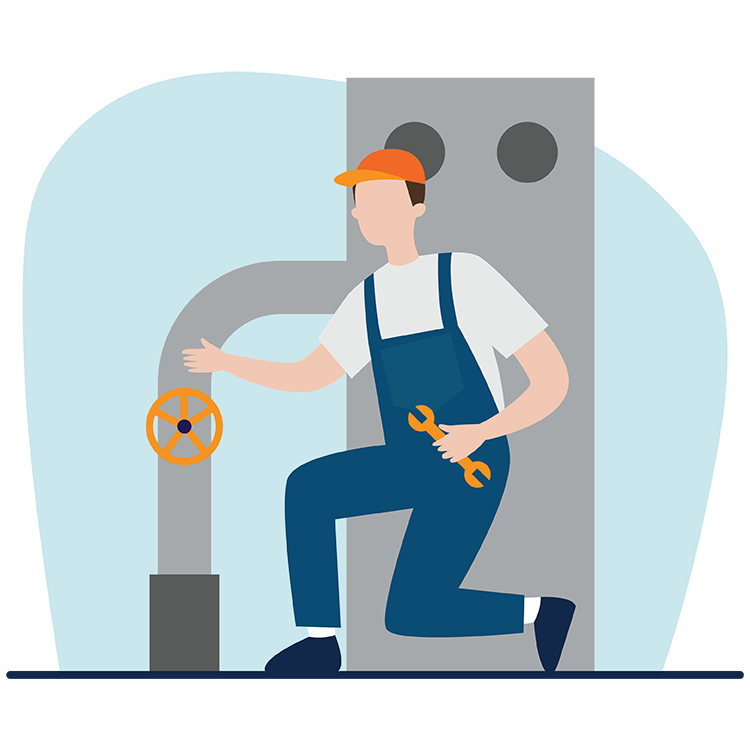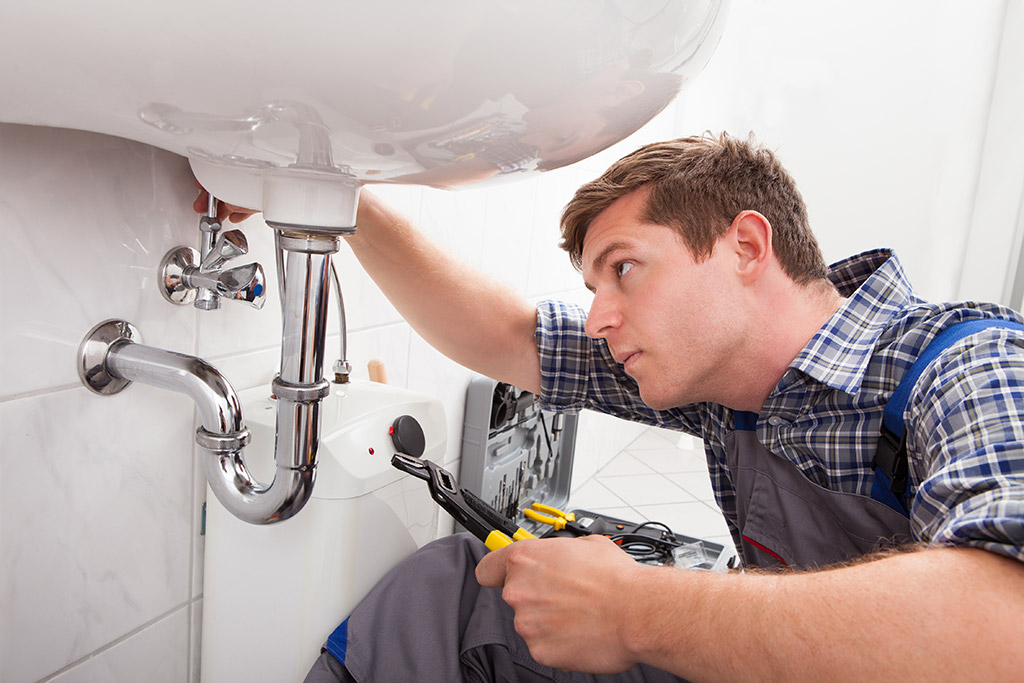A Detailed Guide to Efficient Hot Water Heater Installation for Optimum Efficiency
Embarking on the job of mounting a hot water heater is an endeavor that demands accuracy and a methodical method for accomplishing optimal performance. The procedure begins with the essential decision of choosing the proper heater tailored to the specific needs of your family, thinking about factors such as size, type, and power resource. When chosen, preparing the installation location to fulfill security criteria is critical. The journey does not end right here. As you proceed, the details of attaching water supply lines and establishing up trusted electrical or gas links wait for, appealing understandings right into guaranteeing effectiveness and reliability.
Selecting the Right Hot Water Heater

Following, consider the size and capacity of the water heating system. It's essential to evaluate your home's warm water demands, which can differ based on the number of occupants and their use patterns. A device that's also little might lead to inadequate hot water, while a large model could cause unneeded energy intake.
Effectiveness scores also play a crucial role in option. Try to find water heating systems with high Power Factor (EF) rankings, suggesting exceptional performance and reduced power usage. Tankless designs, though usually a lot more costly ahead of time, offer considerable power savings with time because of their on-demand heating capacities.
Preparing the Installation Area
Prior to setting up a new hot water heater, meticulous preparation of the installation location is crucial. This ensures a smooth installation process and helps prevent future difficulties (Drain Cleaning Alabaster AL). Begin by choosing a suitable area that abides with regional building regulations and safety criteria. The area should be completely dry, well-ventilated, and easily accessible for maintenance. It's critical to determine the space thoroughly to accommodate the hot water heater's dimensions, making certain appropriate clearance around the unit for effective operation and maintenance.
Next, eliminate any kind of particles, dust, or obstructions from the site to produce a tidy setting. Examine the floor for stability, as the water heater will require a solid, level surface area to run effectively. If required, set up a drip pan underneath the system to capture prospective leaks or spills, protecting against water damages to the surrounding location. In areas vulnerable to seismic task, take into consideration installing seismic bands to safeguard the heating system strongly in place.
Furthermore, guarantee that all required tools and materials get on hand prior to beginning the setup. This includes items such as wrenches, screwdrivers, a degree, and any kind of extra hardware needed for protecting the heating unit and mounting. A well-prepared installment location sets the foundation for an effective water heating system arrangement, enhancing performance and security.
Connecting Supply Of Water Lines
When connecting water system lines to your recently mounted water heater, it is important to make sure that all connections are safe and secure and leak-free to keep effective operation and protect against water damage. Begin by identifying the cool and hot water supply lines. The cool water inlet is usually marked with a blue tag or a "C", while the hot water electrical outlet is marked with a red tag or an "H".
Use versatile hot water heater ports to help with a less complicated setup procedure. These connectors can take in resonance and enable mild motion, lowering the danger of leakages. Before connecting the adapters, place a plumber's tape around the threaded ends of the hot water heater's inlet and outlet pipelines - Plumbing Alabaster AL. This tape works as a sealant, stopping leakages. Thoroughly link the adaptable hoses to the corresponding inlet and outlet, making sure that they are not over-tightened but tight, which might harm the strings.
Once connections are in location, slowly switch on the main supply of water shutoff. Check each link for leakages by aesthetically examining and really feeling for moisture. Tighten up links as necessary, and ensure the pressure relief shutoff is appropriately mounted, safeguarding versus extreme pressure build-up.
Setting Up Electrical or Gas Links
Appropriately setting up the electric or gas links for your hot water heater is an important step to guarantee risk-free and effective procedure. For electric water heating systems, start by confirming that the electrical circuit is suitable with the heating system's voltage and amperage requirements. Ensure the power supply is switched off at the breaker to stop crashes. Connect the electric cords to the heating system complying with the supplier's circuitry layout. Usually, this entails linking the ground cable to the green terminal, and the staying cables to their matching terminals, securing each with cord nuts.
For gas water heaters, security is extremely important. this page Connect the gas line to the water heating unit making use of a flexible gas connector, ensuring it is effectively threaded and secured with pipe joint compound or Teflon tape appropriate for gas links.
As soon as connections are made, examine for any kind of possible leakages. For gas lines, apply a soapy water option to the joints; bubbles indicate a leak. For electrical connections, verify that all circuitry is secure and correctly protected, preserving conformity with neighborhood electric codes.
Changing and examining for Performance
With the electric and gas links firmly in position, the following action is evaluating read the operational efficiency of your water heating unit. Begin by thoroughly turning on the water system and making sure there are no leakages at any of the valves or joints. Once confirmed, continue to load the container, focusing on the stress and temperature level setups. It is suggested to establish the thermostat to a suggested temperature of around 120 ° F(49 ° C) to balance energy efficiency and convenience.
Following, carry out an extensive assessment to guarantee the burner or gas burners are functioning appropriately. For electrical heaters, utilize a multimeter to validate if the aspects are attracting the proper current. In gas versions, observe the burner fire; it must be constant and blue, suggesting efficient burning.
Adjust the setups as required to remove inadequacies. Consider applying insulation steps, such as including a water heating unit blanket, to additionally enhance efficiency by reducing warmth loss. Furthermore, check the anode pole's problem, as a worn-out pole can decrease performance and result in container corrosion.
Final Thought
Efficient hot water heater installation is vital for guaranteeing optimum performance and power cost savings. By picking the appropriate type and dimension, and meticulously preparing the setup location, a structure for success is established. Safely attaching water supply lines and thoroughly setting up electric or gas links decrease potential problems. Detailed testing for leaks and accurate thermostat changes to 120 ° F boost reliability and effectiveness. Following these actions advertises long-lasting performance and power preservation in household water heating systems.

Properly setting up the electrical or gas connections for your water heating unit is a crucial step to guarantee risk-free and effective procedure. For electrical water heaters, begin by verifying that the electrical circuit is suitable with the heating system's voltage and amperage needs. Connect the gas line to the water heater using a flexible gas connector, guaranteeing it is properly threaded and sealed with pipe joint compound or Teflon tape suitable for gas links.